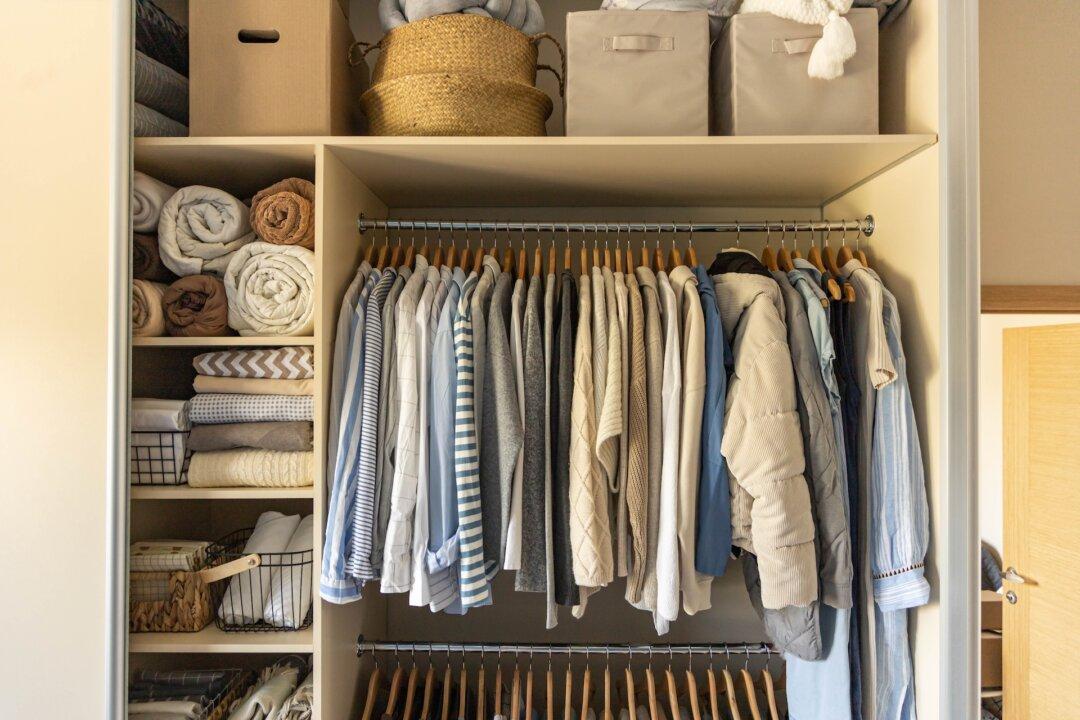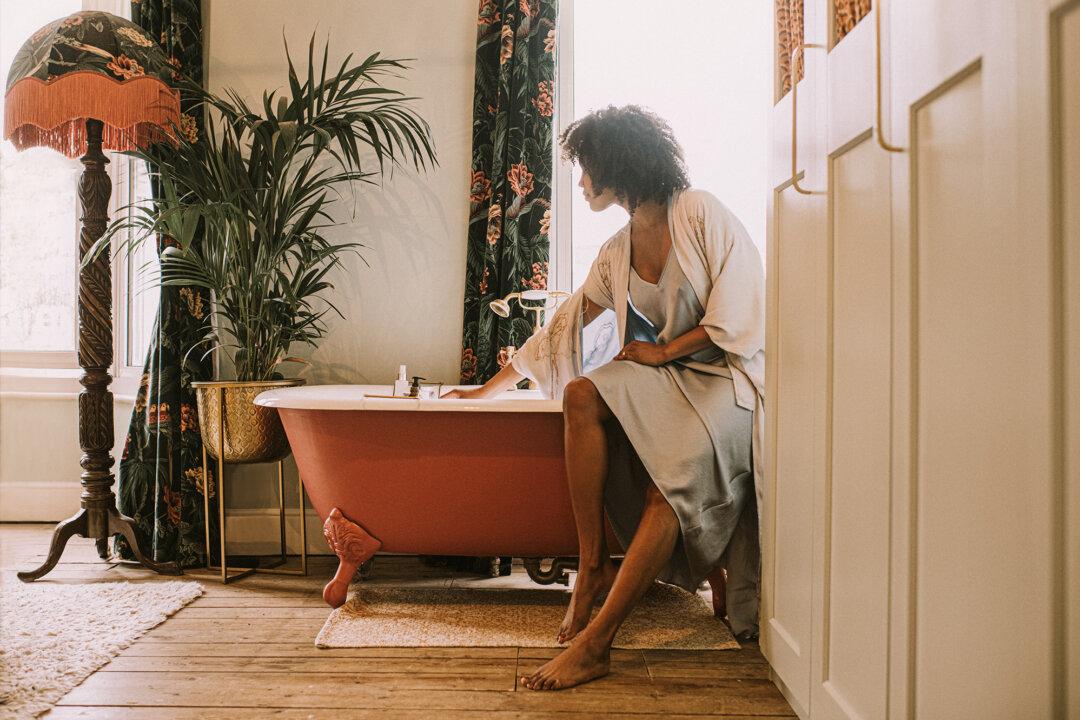Let’s be truthful here: Keeping the average closet organized is an ongoing challenge, but it doesn’t need to be. The money invested in a good closet system will pay for itself by making better use of the existing wardrobe and helping you to avoid buying duplicate items or those that too closely resemble other items.
A quality closet design reduces stress—no more looking for a missing blouse before a big meeting—and makes it easier to curate a personal style when the full wardrobe is within sight and easy reach. Plus, it will increase storage space, and who doesn’t want more of that?





